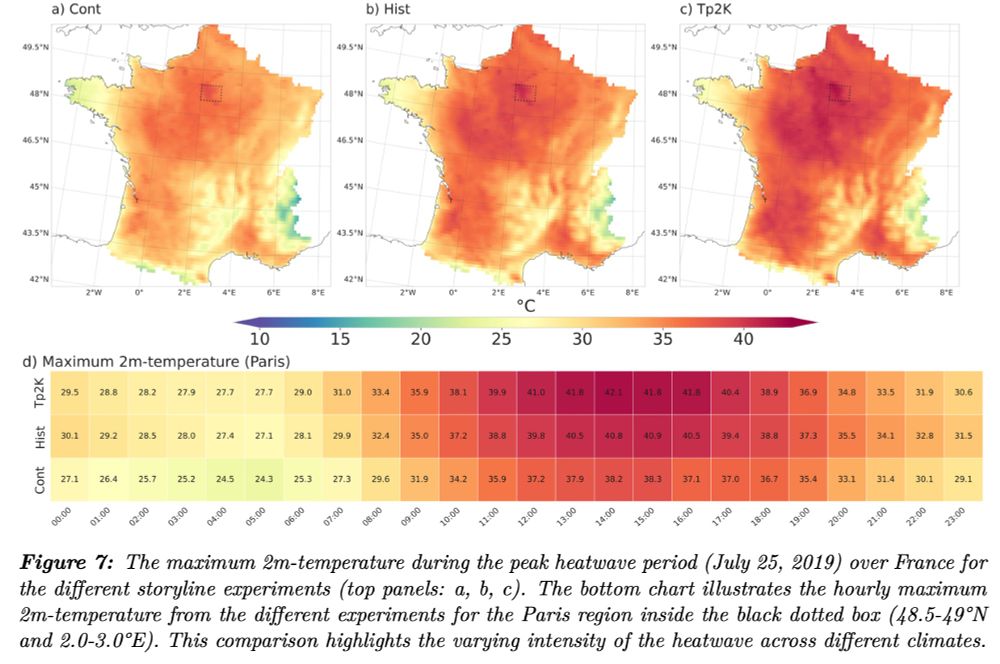--funsafe-math-optimizations
--funsafe-math-optimizations
From @awi.de storyline simulations, visual by @jawijan.bsky.social
From @awi.de storyline simulations, visual by @jawijan.bsky.social
Visualizing cloud structures using only model data — aiming to match the look of satellite imagery. Impressive how close simulations can get.
@awi.de @blender3d.bsky.social @blender.org
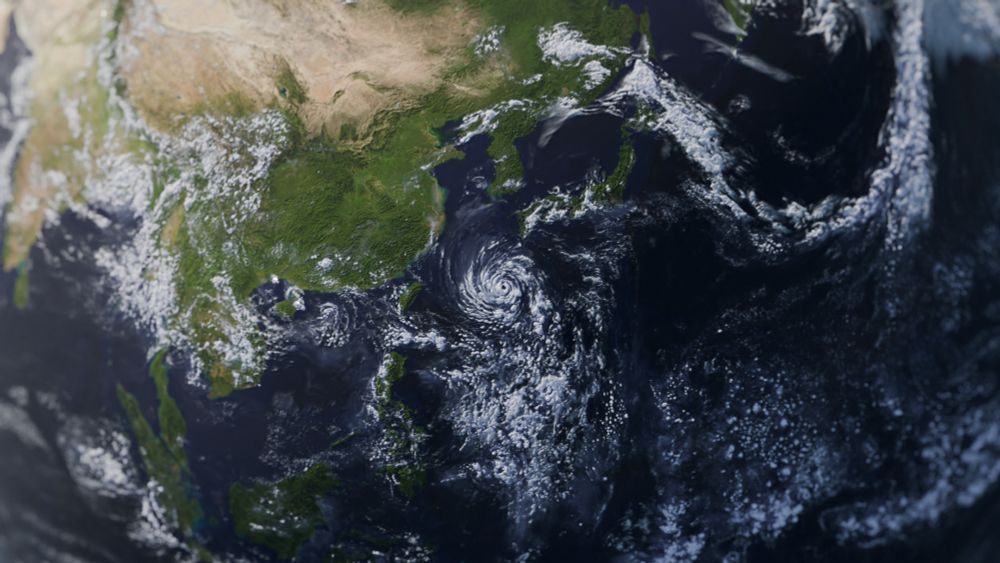
Visualizing cloud structures using only model data — aiming to match the look of satellite imagery. Impressive how close simulations can get.
@awi.de @blender3d.bsky.social @blender.org
@blender.org
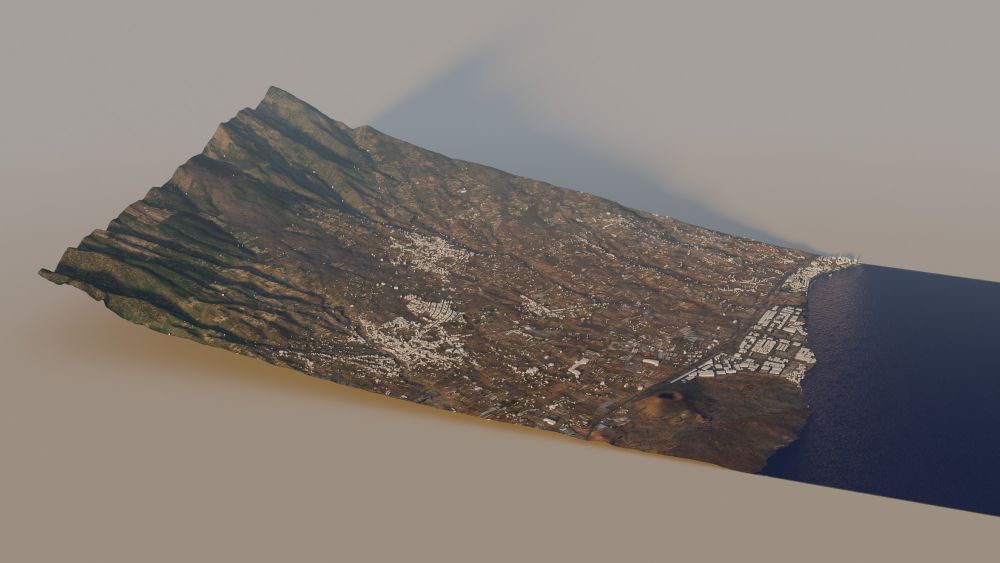
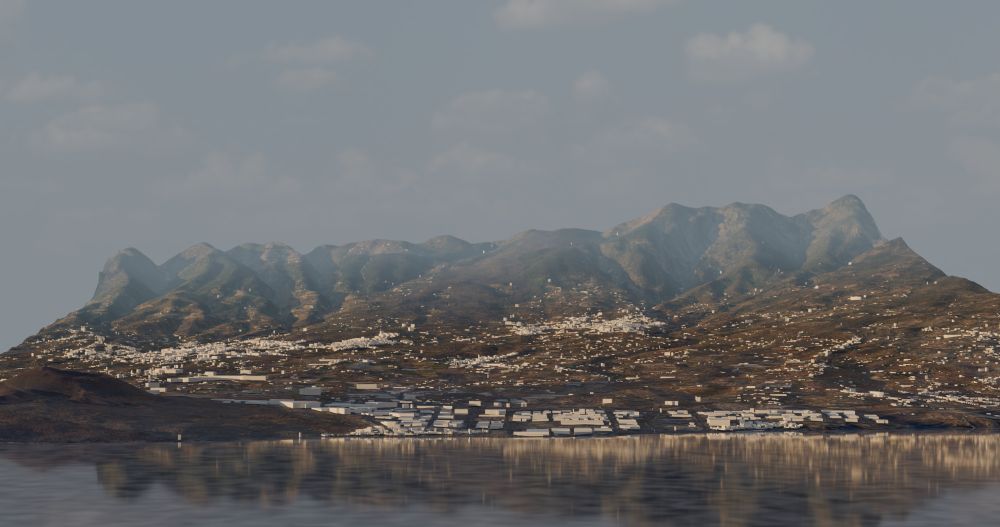
@blender.org
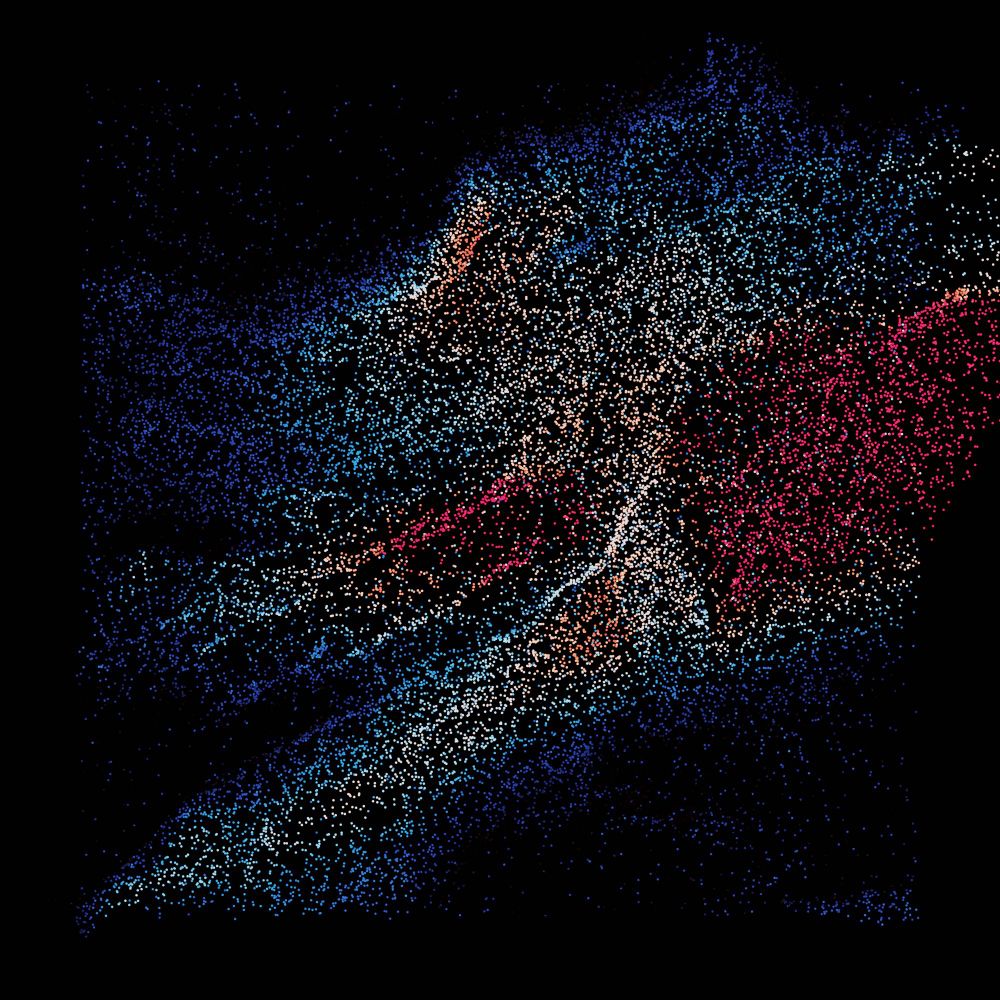
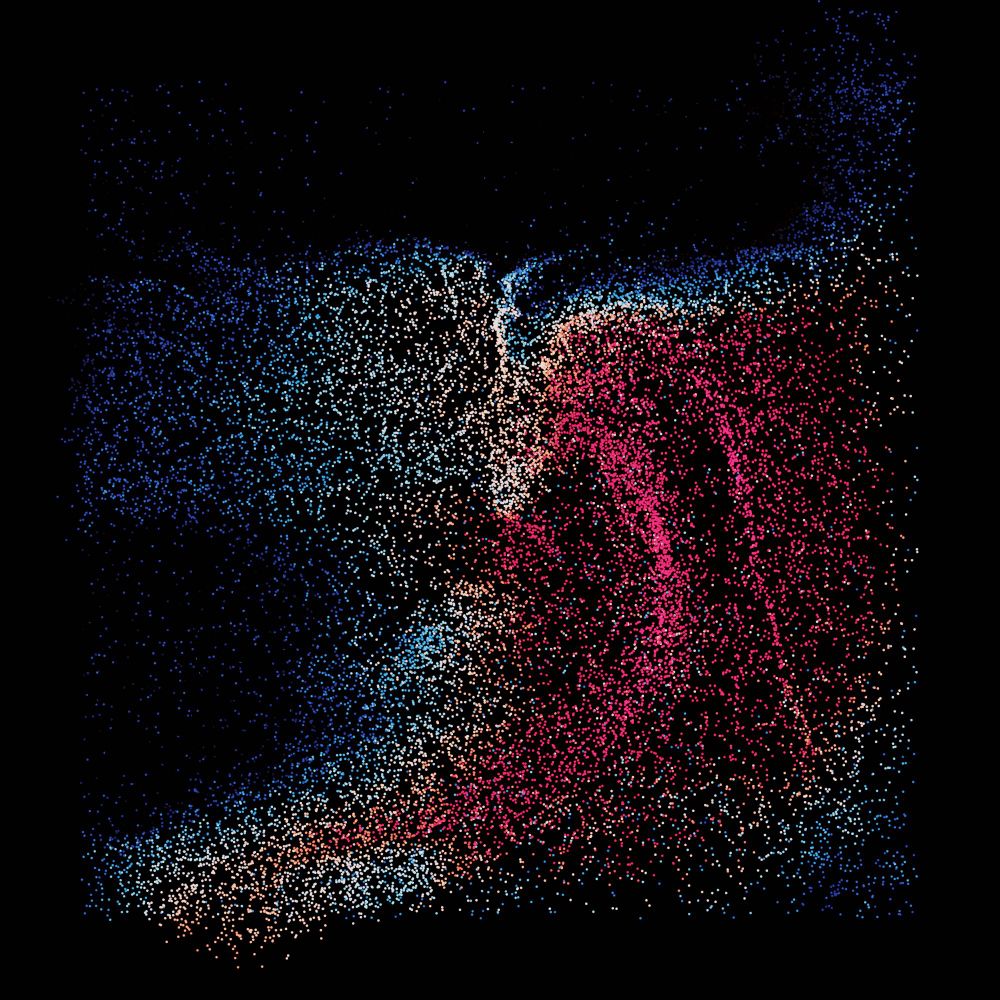
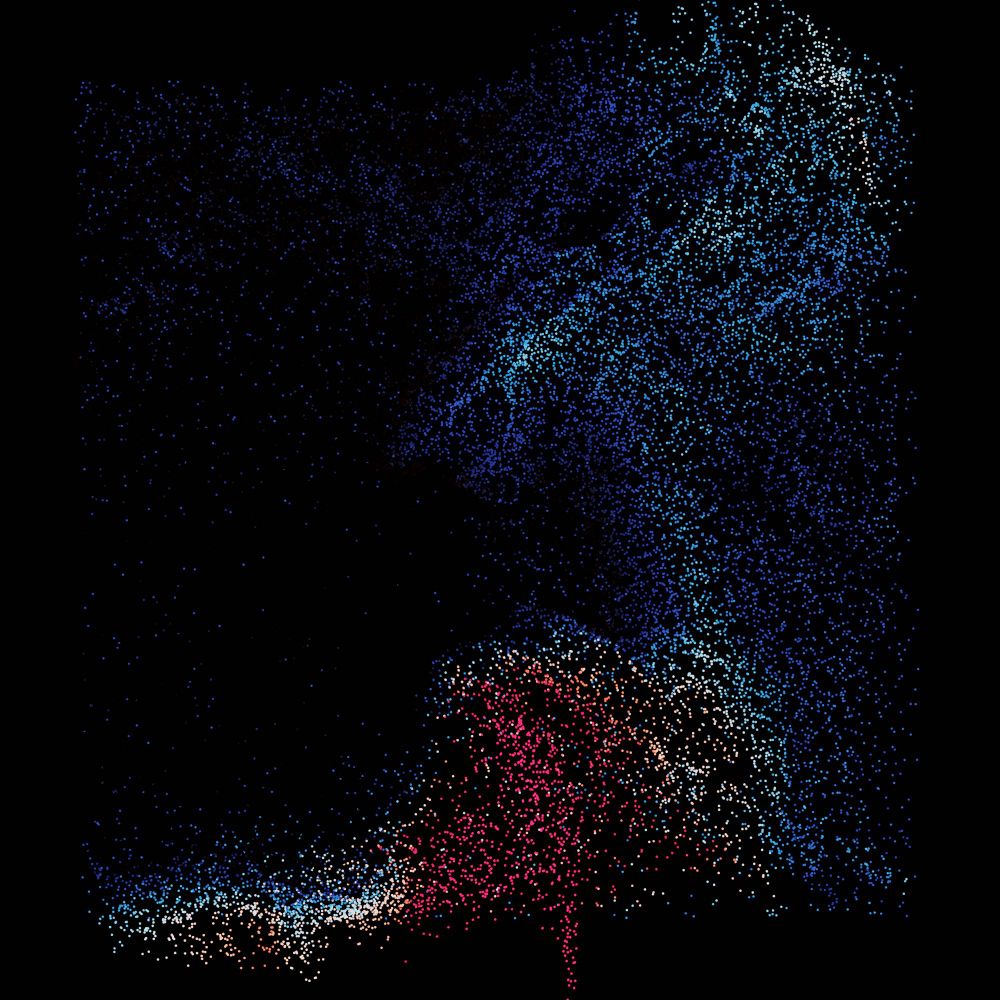
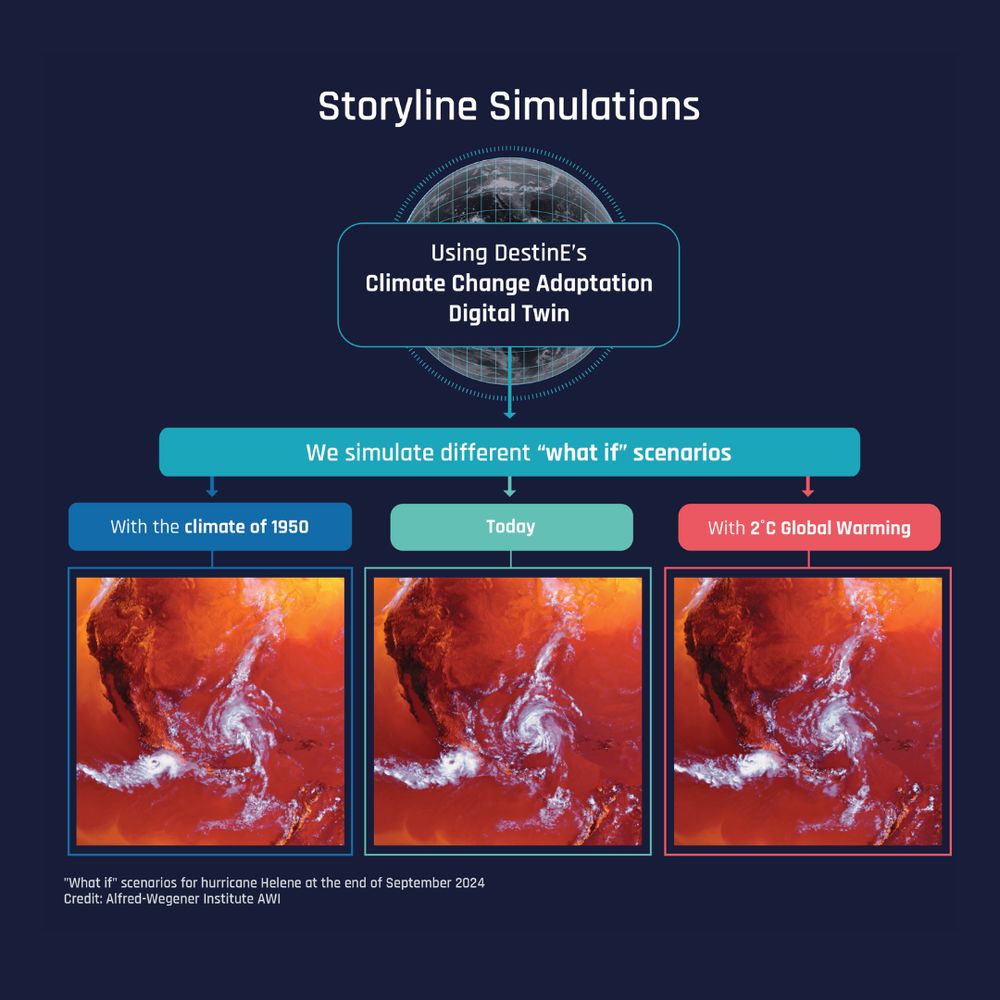
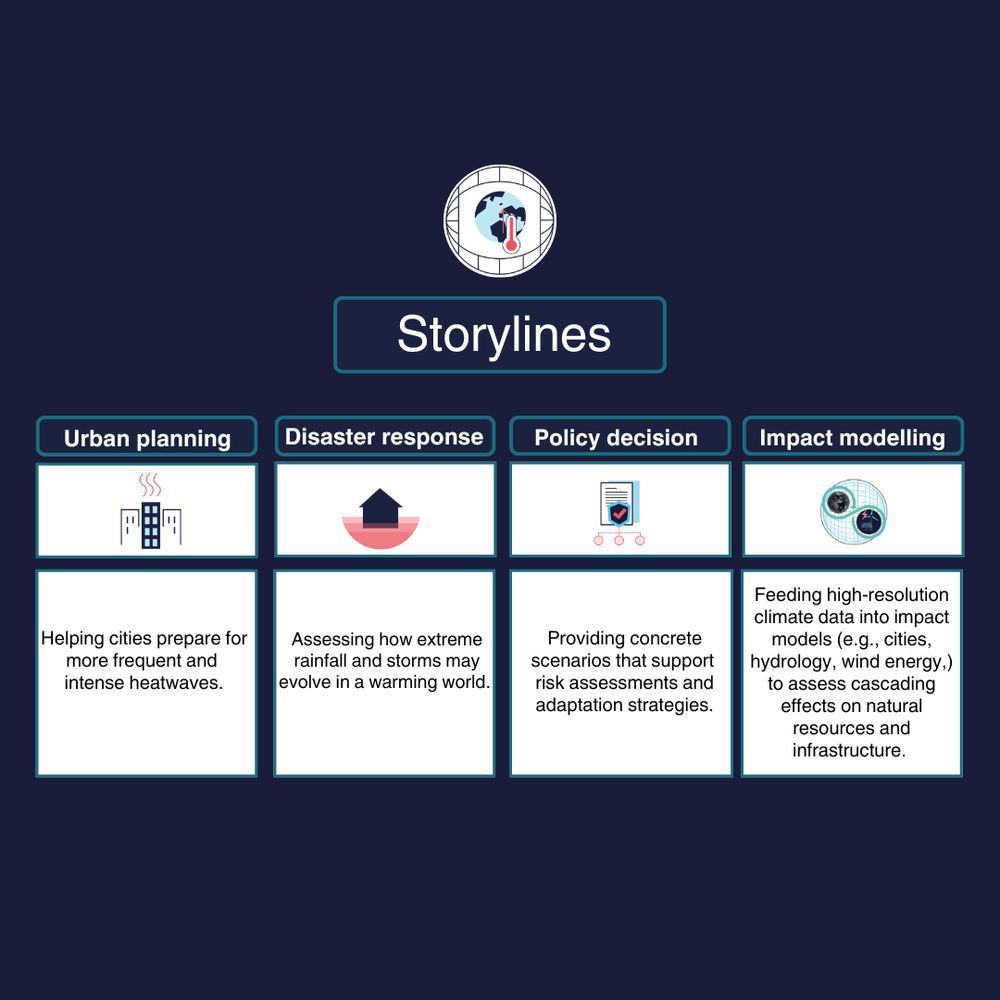
Folllowing @oceanographer.bsky.social's idea I used the data from my simulation (still #FESOM2 but 10km this time) to explore the flames of the frozen ocean. 🧊 🔥
Folllowing @oceanographer.bsky.social's idea I used the data from my simulation (still #FESOM2 but 10km this time) to explore the flames of the frozen ocean. 🧊 🔥
Can #AI-based weather forecasting models (trained on present-day data) provide skillful forecasts also in different colder and warmer states of the climate system?
Our preprint in arxiv explores this question:
doi.org/10.48550/arX...
Here is what we found so far (🧵1/7)
Can #AI-based weather forecasting models (trained on present-day data) provide skillful forecasts also in different colder and warmer states of the climate system?
Our preprint in arxiv explores this question:
doi.org/10.48550/arX...
Here is what we found so far (🧵1/7)
Model: IFS-FESOM | Shown: U component of wind | Project: nextGEMS #SciArt

Model: IFS-FESOM | Shown: U component of wind | Project: nextGEMS #SciArt
